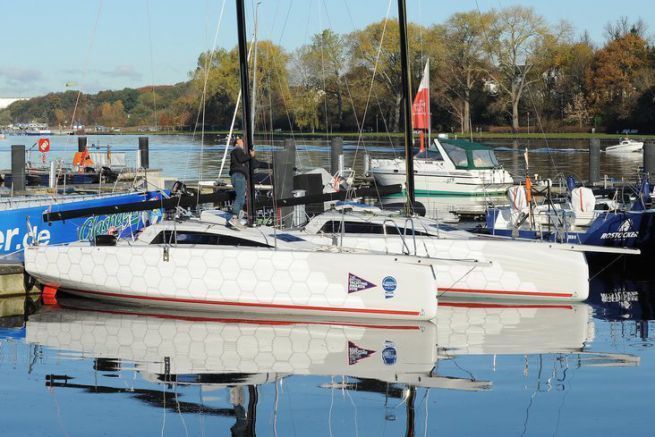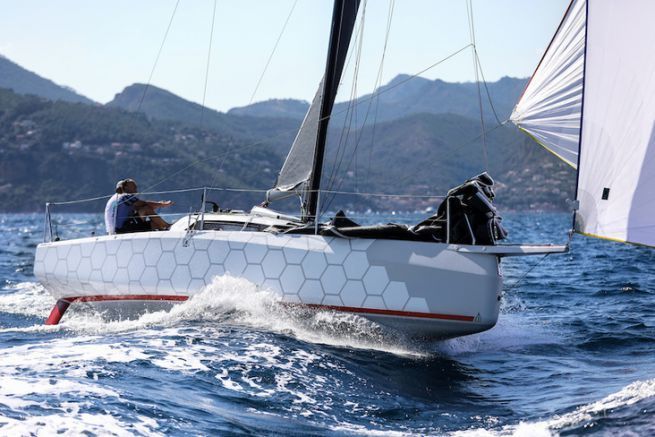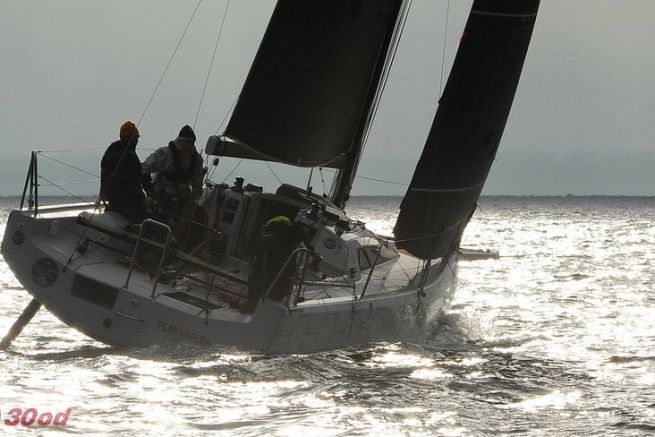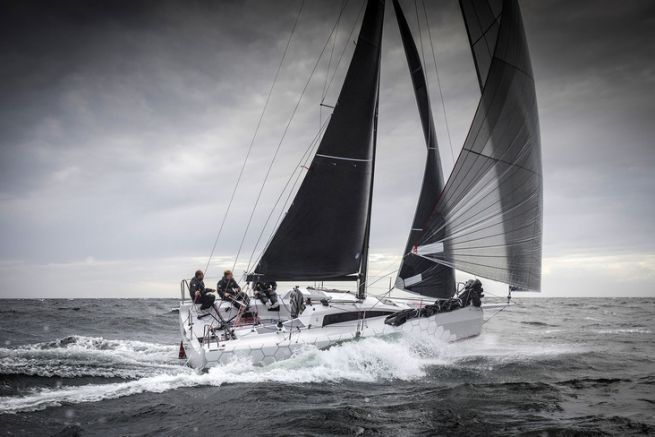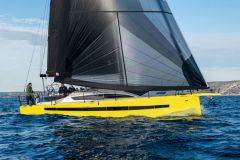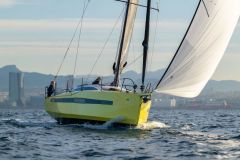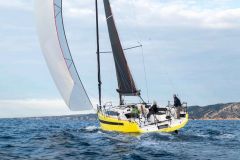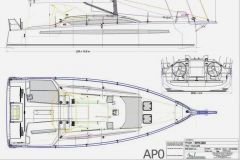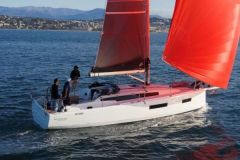The interior of a regatta boat is often overlooked in the design process. However, through the Dehler 30OD Karl Dehler and his teams want to offer a deep-sea racing yacht that is capable of taking small cruises without blushing.
100 kg of comfort, not 1 kg of plus?!
A modern, high-performance yacht must be able to glide; this necessarily directs the design towards lightness. We saw in our previous article that in order to achieve this goal, the manufacture of the Dehler 30OD is sophisticated.
The interior layout and the numerous equipment essential for cruising represent a major point of overweight. So the shipyard, the architect and the designer applied the same rigour to the interior of the boat. They have determined a maximum permissible weight of 100 kg for the cruise armament.
Constraints are often stimulating and the German construction site has opened up to developments that are very different from their current standards.
Relevant choices and failures
Not cutting back on the quality of the overall design, the German teams have probably looked at what exists in other yards used to light boats, but they have also innovated on certain points. Here is an overview of the layout of the Dehler 30 OD.
- Unsurprisingly, the interior is stripped of superfluous items, the transverse partitions are very openwork to increase the impression of volume. The whole is treated in light tones to enhance the feeling of luminosity.
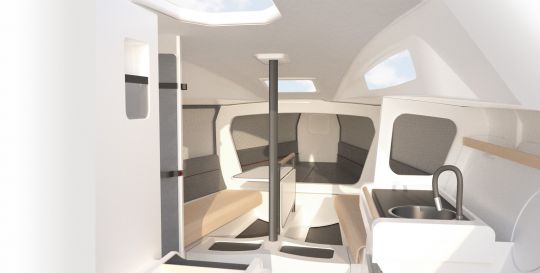
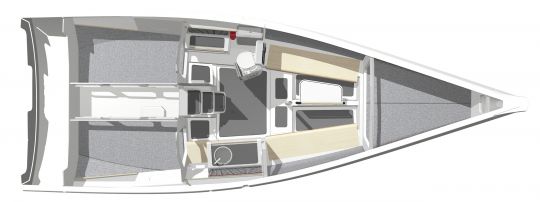
- The interior of the boat is partially covered with original and highly effective glazing. The designers have innovated with a 3D quilted mesh fabric that gives a sporty, padded look. This breathable technical fabric covers the planks and certain sections of the roof, and insulates against cold and dampness on contact. And in order to clean it at the end of the season, this covering is completely removable.
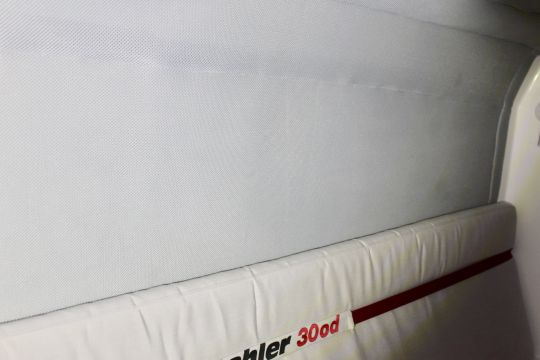
- On the starboard side is the galley consisting of a single round sink, a single burner stove, and a space for a 35-litre removable cooler. Under this kitchen unit, a "storage" space closed by a zippered curtain will allow you to store some food instead.
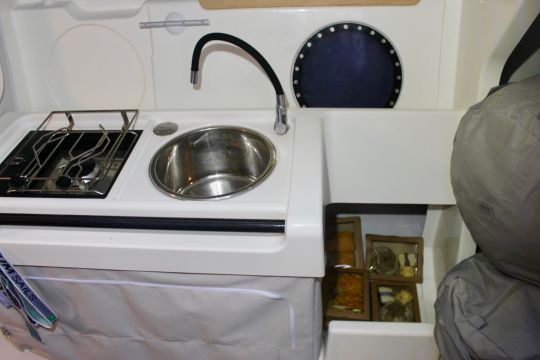
If one appreciates the flexible tap, which is ideal for rinsing dishes efficiently, I remain doubtful about the choice of a fixed stove. How can you imagine cooking at sea or even making a café?? We'll just have to reheat a dish when we dock. There is some inconsistency here with the navigation program.
- On the port side is the toilet area located in the direction of travel, so that you will be able to fit in properly at the gite. To conceal the toilet space, Dehler chose a rigid folding door. Since it does not close at the top or bottom and is difficult to handle, one wonders whether a simple curtain would have been more appropriate.
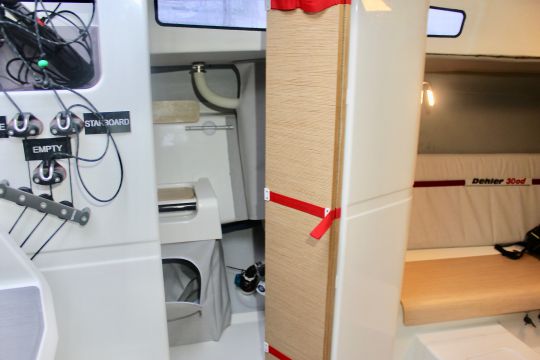
- On the saloon side, the toilet bulkhead allows the minimum amount of electronic equipment necessary for racing and cruising to be built in. The absence of a card table saves weight, this choice is in line with the widespread use of shelves. And those who really want to unfold a Grand Eagle card can settle down on the square table.
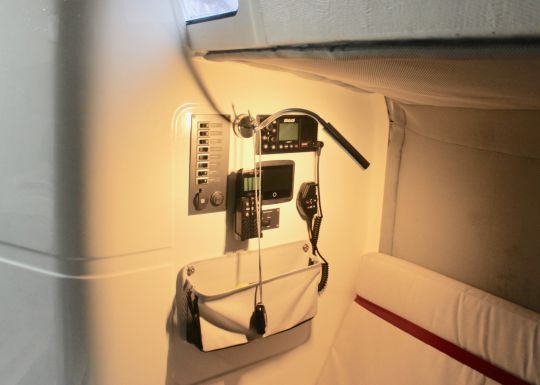
- In the centre of the Dehler is a hoop that serves as a structure for the flaps of the square table. The benches, made of a bent wood panel, are original and quite elegant. Thanks to the angulation of the benches, one can be comfortably seated for the duration of a meal, but comfort is obviously limited by the hardness of the material. The files are held in place by a strap. Simple and effective system, it is well seen, because the velcros resist little to the use.
Under the benches there is a useful storage space. On the other hand, the absence of anti-roll canvas required for the mooring or resting at sea is inconsistent with the navigation program.
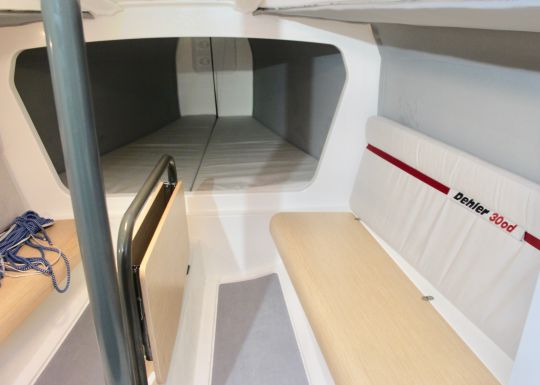
- The floor is covered with foam glued to the bottom. It plays its anti-slip role well and has a visually pleasing appearance. Barefoot, it is comfortable and insulates from the cold. However, this coating retains some moisture and seems fragile, with many snags already scattered across its surface.
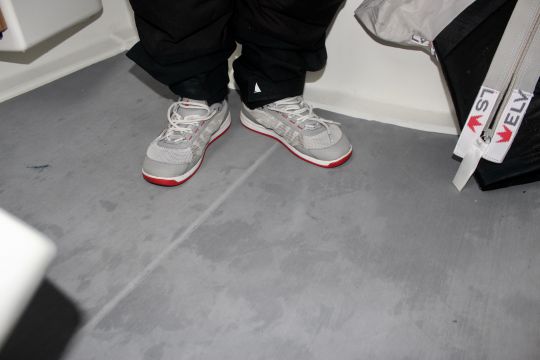
- Under the cockpit, there are two small berths doubles?; difficult to make wider given the relative narrowness of the Dehler. Here again, for a fast cruising or ocean racing programme, one is surprised at the absence of anti-roll canvas to sleep upwind or to masturbate.
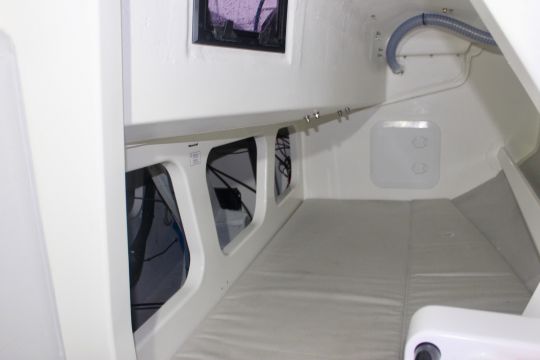
Still under the cockpit, there is access to the technical hold, which is wide open on both sides. It concentrates and makes accessible the majority of electronic equipment, motor peripherals and ballast plumbing. The set is quite loaded, but the mounts are very clean.
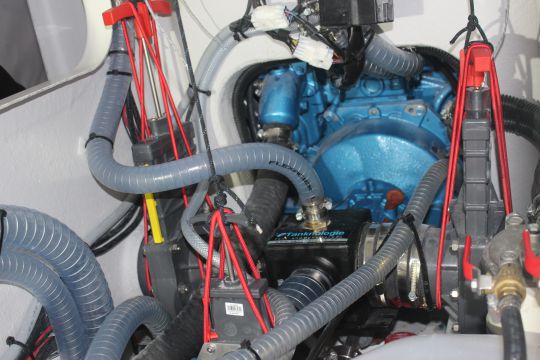
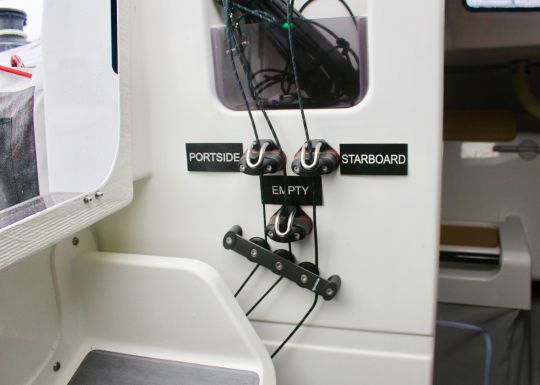
- To access the motor, the step block is completely retractable, its sandwich construction makes it easy to handle.
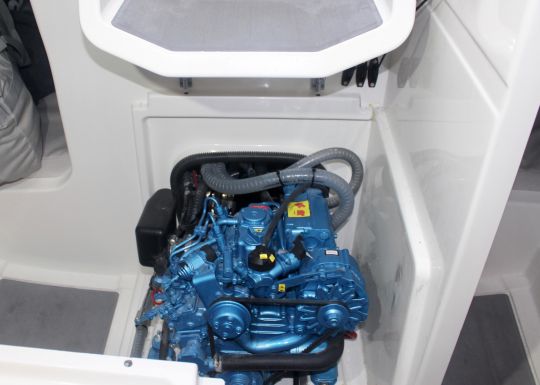
- The companionway is closed by a sliding cover equipped with a zenithal porthole, in addition to the luminosity provided it allows control of the sails without getting wet.
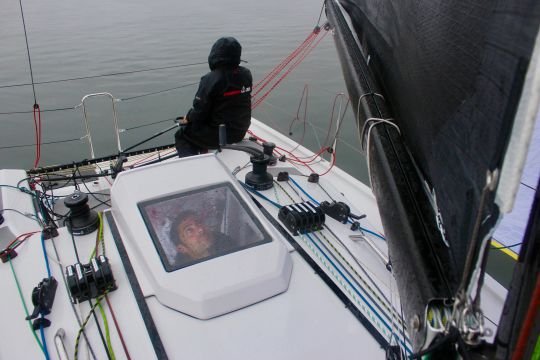
So, is the Dehler 30 OD a good cruiser rapide??
The Dehler 30 has proven to be perfectly convincing in terms of manufacturing quality, equipment and the feeling at sea. The interior design is certainly very successful, but leaves the impression that it is not completely finished. We bet that the first two models of the series will allow the one-design to evolve quickly to make it as comfortable in racing as in short cruising.

 /
/ 

